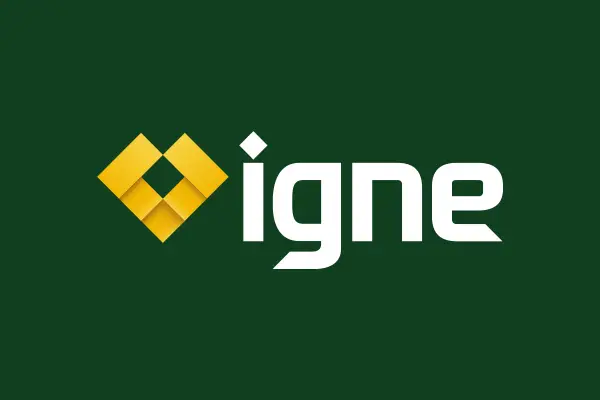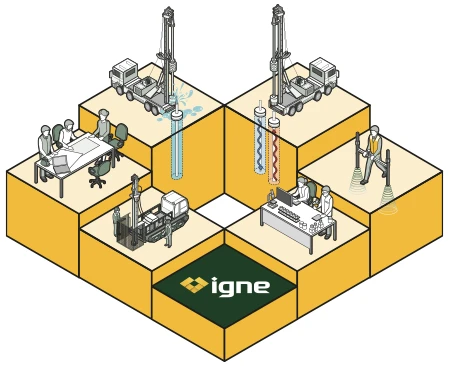

Multispectral Surveys: Enhancing Precision in Agriculture, Ecology, & Archaeology
Multispectral surveys use advanced imaging technology to capture data beyond what is visible to the human eye.
About
What are Multispectral Surveys?
Multispectral surveys use advanced imaging technology to capture data beyond what is visible to the human eye. By employing sensors that detect wavelengths across multiple light spectra—including infrared and ultraviolet—these surveys provide valuable information about the physical and biological attributes of a site.
Typically conducted using unmanned aerial vehicles (UAVs), multispectral surveys offer a bird’s-eye view of the landscape, allowing for precise and large-scale data collection. The insights they provide are especially valuable for industries such as agriculture, environmental conservation, and archaeology. Large areas can be flown quickly with centimetre accuracy compared to Satellite imagery which is far less precise.

Useage
Why are Multispectral Surveys Useful, and for Whom?
Multispectral surveys are invaluable tools for a wide range of sectors, providing data that can inform better decision-making, enhance project outcomes, and promote sustainability.
Agriculture & Crop Health
Farmers and agricultural specialists can use multispectral surveys to monitor the health of crops, detect diseases, identify nutrient deficiencies, and manage irrigation more effectively. These insights help increase yields, optimise inputs, and reduce waste, ensuring more sustainable and profitable farming operations.
Invasive Species & Weeds Identification
Environmental managers and conservationists benefit from these surveys when identifying and managing invasive species. By analysing vegetation reflectance patterns, multispectral surveys can detect problematic plants at an early stage, enabling more targeted and effective intervention.
Archaeological Mapping
Archaeologists can use multispectral surveys to uncover hidden structures, artefacts, and features buried beneath the surface. This is particularly useful in areas where traditional methods of excavation would be too invasive or impractical. Multispectral data helps to detect subtle changes in soil composition, vegetation, and terrain, offering clues about historical human activity.
Trust
Why Choose Igne for Multispectral UAV Surveys?
At Igne, we are experts in site investigation and environmental surveys. We combine our technical expertise with cutting-edge UAV technology to deliver accurate, reliable, and actionable insights across multiple sectors. With decades of experience in geotechnical and environmental testing, Igne offers unparalleled precision in identifying ground conditions and environmental attributes.
Our team of specialists understands the nuances of each project, whether it’s improving agricultural yield, managing invasive species, or mapping archaeological sites. We operate with a client-first approach, ensuring that each multispectral UAV survey is tailored to the specific needs of your project. Moreover, Igne’s commitment to de-risking development projects ensures that we provide data that not only informs but also mitigates potential issues before they arise.
Risks
The Risks of Not Conducting Multispectral Surveys
Without multispectral surveys, decision-makers run the risk of missing vital information that could impact the success of their projects. For example, in agriculture, failing to monitor crop health could result in lower yields or wasted resources, ultimately affecting profitability.
Similarly, not identifying invasive species early can lead to costly remediation measures and ecological damage. For archaeologists, ignoring the benefits of multispectral data could mean overlooking significant historical findings, resulting in incomplete research or irreversible site damage.
In short, the absence of this essential data can lead to inefficiencies, missed opportunities, and unnecessary costs. The ability to detect early warning signs through multispectral surveys empowers organisations to act proactively rather than reactively.
Benefits
The Benefits of Multispectral UAV Surveys
Multispectral UAV surveys offer a host of benefits that traditional surveying methods simply cannot match:
Precision & Accuracy
UAVs equipped with multispectral sensors and RTK can capture high-resolution imagery across wide areas, delivering precise and comprehensive data.
Cost-Effective
By utilising UAVs, the need for extensive ground-based surveying is reduced, saving both time and money. This is particularly advantageous for large-scale projects such as farms or conservation areas.
Environmentally Friendly
UAVs have a low environmental footprint compared to ground vehicles or manned aircraft, making them an eco-friendly option for environmental and agricultural monitoring.
Real-Time Data
With UAVs, data can be collected quickly and efficiently, providing near-instantaneous insights. This real-time data enables faster decision-making and more adaptive management strategies.
Safety
UAVs can access areas that are difficult or hazardous for humans, reducing the risks associated with on-the-ground surveying in remote or environmentally sensitive areas.
Process
How are Multispectral UAV Surveys Conducted?
Conducting a multispectral UAV survey involves several key steps:
- Planning
The first step is to plan the survey, taking into account the specific needs of the project and the type of data required. This involves choosing the appropriate sensors and flight paths. - Flight & Data Collection
UAVs equipped with multispectral sensors are deployed to capture images across different light spectra. The UAV flies over the target area, collecting data in real-time. - Data Processing
Once collected, the raw multispectral data is processed using specialised software that analyses the different wavelengths captured by the sensors. This results in detailed maps and visualisations that reveal patterns and insights not visible to the naked eye. - Analysis & Reporting
The final stage involves analysing the processed data to generate actionable insights, which are then compiled into a comprehensive report. This report can be used to inform decisions on crop management, environmental interventions, or archaeological excavation.
Learn More
Frequently Asked Questions About Multispectral UAV Surveys
- How do multispectral surveys benefit crop health monitoring?
By detecting subtle changes in plant reflectance, multispectral surveys can identify stress factors such as water shortages, nutrient deficiencies, or disease before they become visually apparent.
- Can multispectral surveys help identify weeds and invasive species?
Yes, multispectral surveys can detect invasive species by analysing vegetation reflectance patterns. This allows for early detection and targeted intervention, minimising ecological damage.
- How do multispectral surveys contribute to archaeological research?
Multispectral sensors can detect soil disturbances and variations in vegetation caused by buried structures or artefacts, providing archaeologists with non-invasive tools to explore historical sites.
- Are multispectral UAV surveys expensive?
While the cost depends on the size and complexity of the project, UAV surveys are generally more cost-effective than traditional methods, especially for large areas.
- How accurate are multispectral surveys in agriculture?
Multispectral surveys offer highly accurate data, enabling farmers to optimise their input costs and improve yield while reducing waste.
The Next Step
Discover how our multispectral UAV surveys can support your agriculture, environmental, or archaeological project.
Read more about our full range of UAV surveys or contact us to discuss how we can assist with your site investigation needs.
